Naeem Ul Islam
Prominent Attribute Modification using Attribute Dependent Generative Adversarial Network
Apr 24, 2020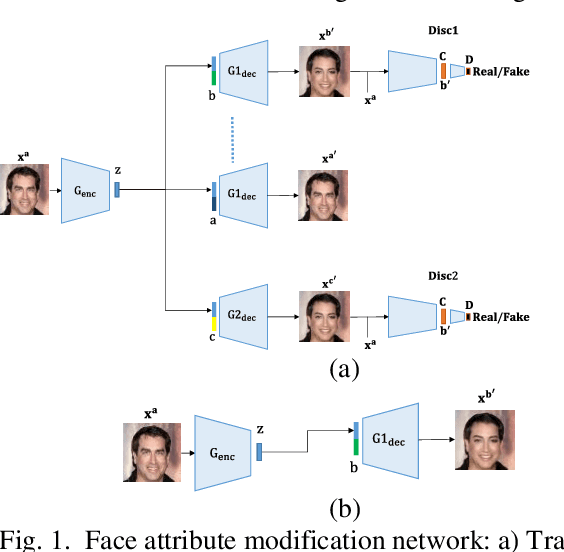
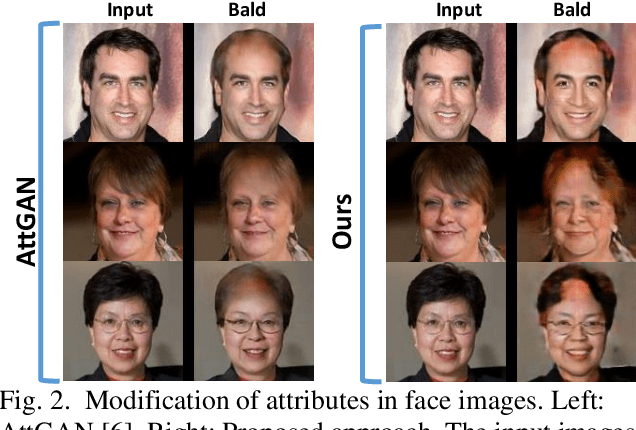
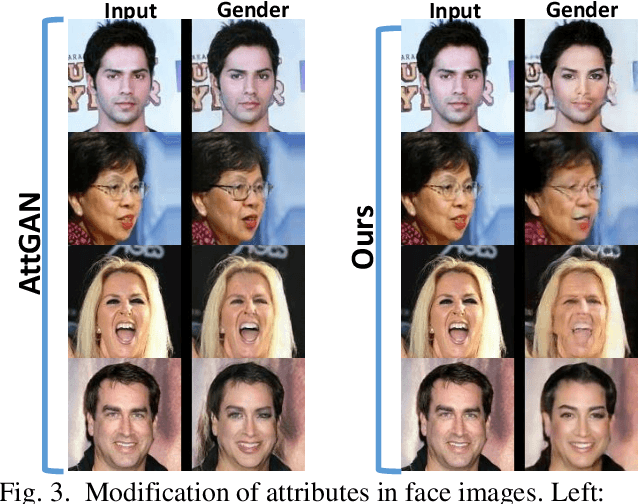
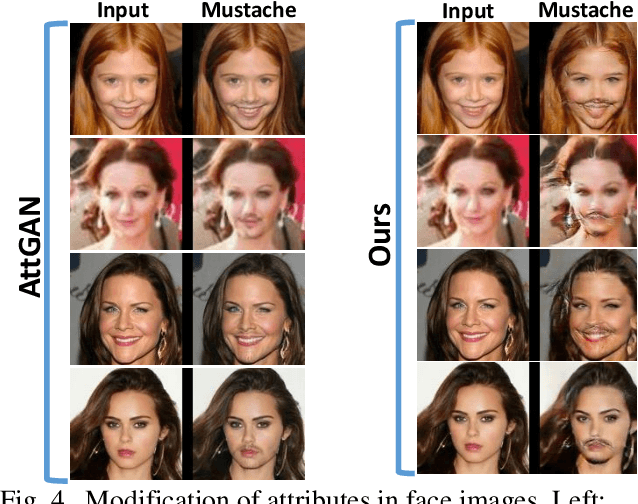
Abstract:Modifying the facial images with desired attributes is important, though challenging tasks in computer vision, where it aims to modify single or multiple attributes of the face image. Some of the existing methods are either based on attribute independent approaches where the modification is done in the latent representation or attribute dependent approaches. The attribute independent methods are limited in performance as they require the desired paired data for changing the desired attributes. Secondly, the attribute independent constraint may result in the loss of information and, hence, fail in generating the required attributes in the face image. In contrast, the attribute dependent approaches are effective as these approaches are capable of modifying the required features along with preserving the information in the given image. However, attribute dependent approaches are sensitive and require a careful model design in generating high-quality results. To address this problem, we propose an attribute dependent face modification approach. The proposed approach is based on two generators and two discriminators that utilize the binary as well as the real representation of the attributes and, in return, generate high-quality attribute modification results. Experiments on the CelebA dataset show that our method effectively performs the multiple attribute editing with preserving other facial details intactly.
Learned Features are better for Ethnicity Classification
Oct 31, 2017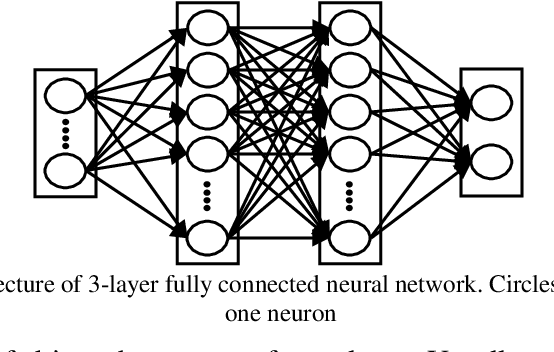
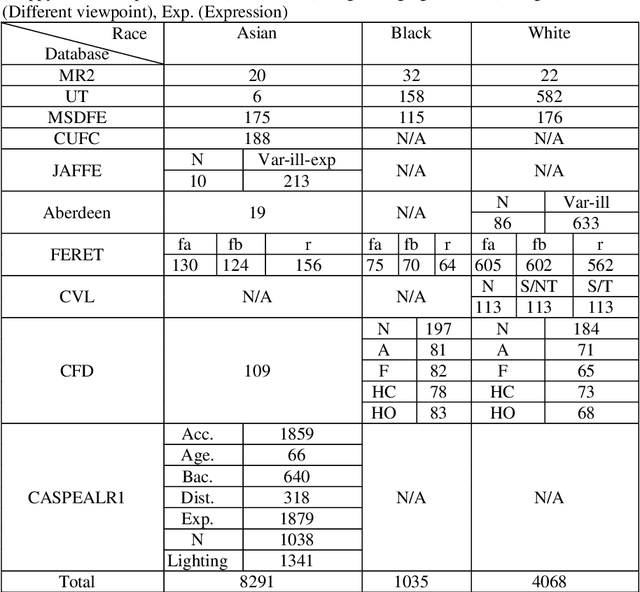

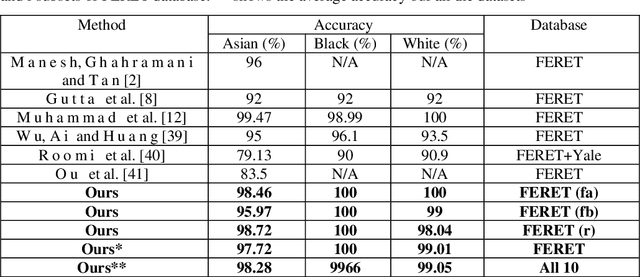
Abstract:Ethnicity is a key demographic attribute of human beings and it plays a vital role in automatic facial recognition and have extensive real world applications such as Human Computer Interaction (HCI); demographic based classification; biometric based recognition; security and defense to name a few. In this paper we present a novel approach for extracting ethnicity from the facial images. The proposed method makes use of a pre trained Convolutional Neural Network (CNN) to extract the features and then Support Vector Machine (SVM) with linear kernel is used as a classifier. This technique uses translational invariant hierarchical features learned by the network, in contrast to previous works, which use hand crafted features such as Local Binary Pattern (LBP); Gabor etc. Thorough experiments are presented on ten different facial databases which strongly suggest that our approach is robust to different expressions and illuminations conditions. Here we consider ethnicity classification as a three class problem including Asian, African-American and Caucasian. Average classification accuracy over all databases is 98.28%, 99.66% and 99.05% for Asian, African-American and Caucasian respectively.
* 15 pages, 8 figures, 2 tables, code and framework available on request
 Add to Chrome
Add to Chrome Add to Firefox
Add to Firefox Add to Edge
Add to Edge